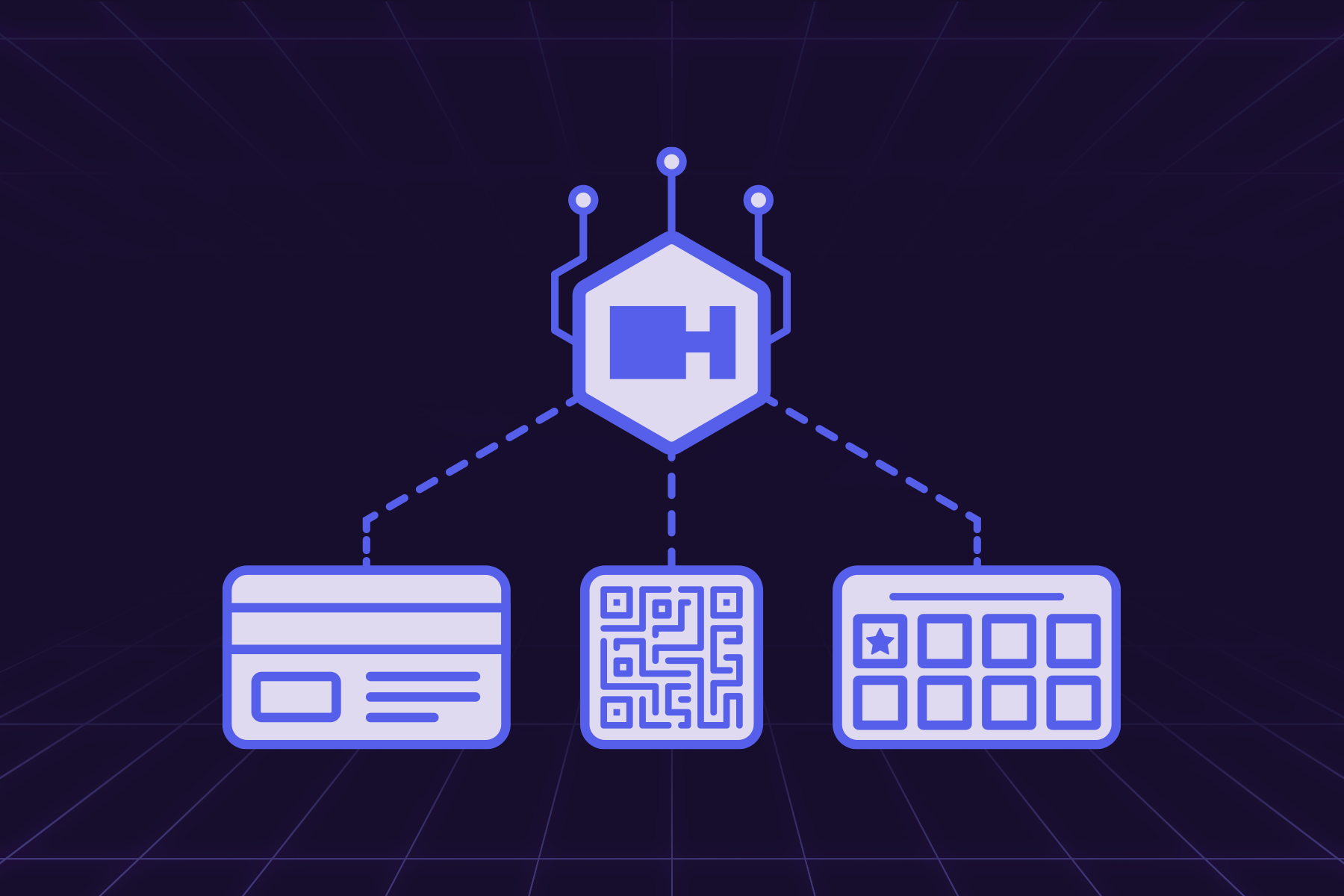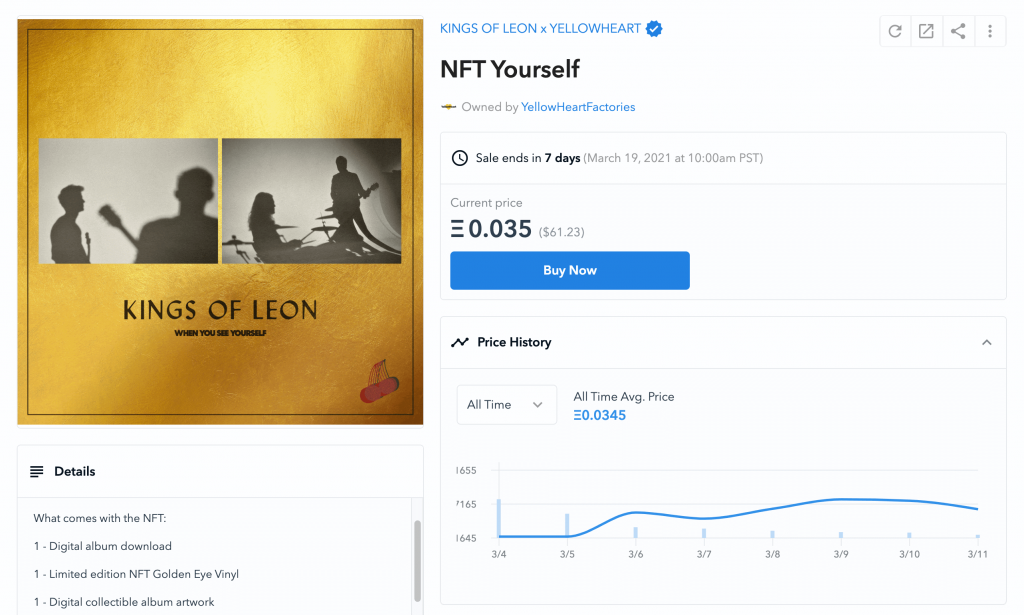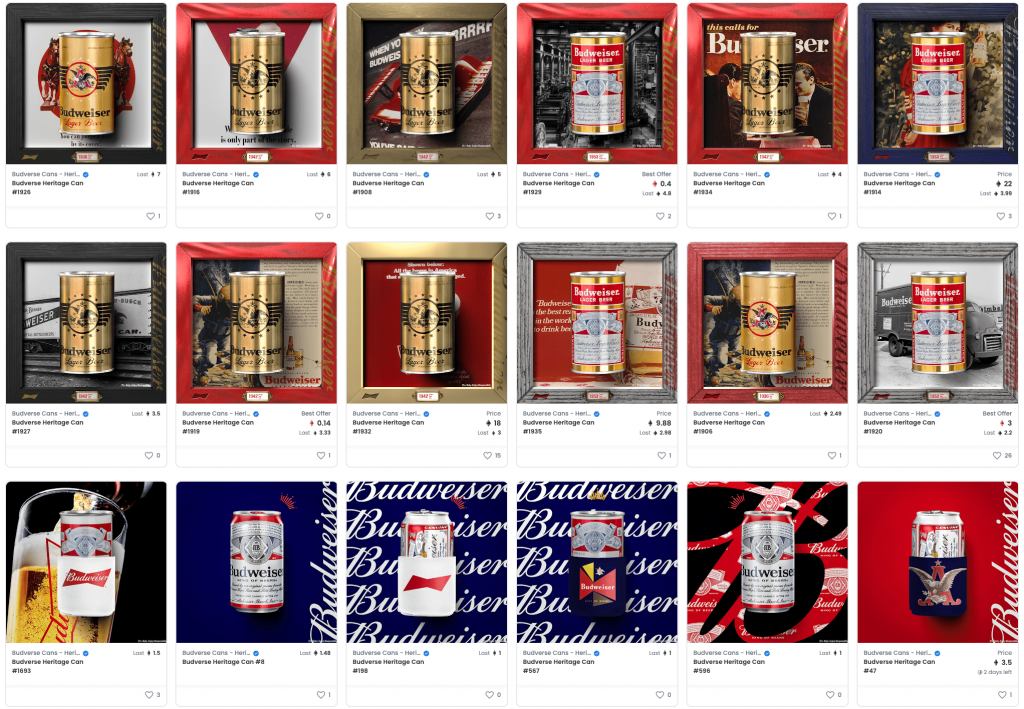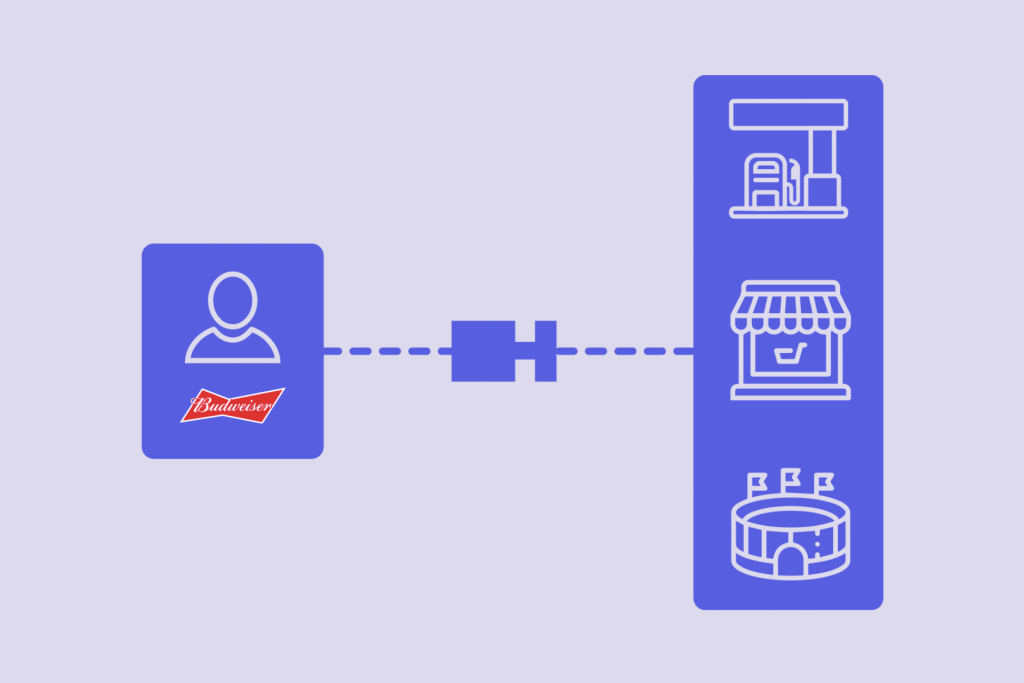Published 15th September 2022
Hang | Introducing NFT loyalty

We recently came across an exciting new NFT project which caught our eye. B2B startup Hang helps companies convert their loyalty programmes into NFTs via a Web3-powered platform. And the project’s already gaining traction, with several big-name clients and investors on board. So, could NFTs be the future of loyalty programmes?
Since rewards took off in the 1980s with American Airlines’ frequent flyer programme, many companies have jumped on the bandwagon. Hotels, banks and retailers have long offered point-based incentives for using their services.
Loyalty cards became the norm for countless retailers throughout the nineties and noughties, from collecting stamps for free sandwiches to discounts on clothing.
Today people expect rewards as standard with brands having to work harder than ever to keep their customers. Cards are being replaced by more convenient apps, and many brands are offering tier-based systems (like Starbucks Rewards), where loyal customers can ‘level up’ to enjoy more benefits.
But NFT loyalty programmes could go further, offering a more flexible and convenient solution which allows customers to own their loyalty outright. Loyalty NFTs can accumulate in value as the customer interacts with the brand, and can travel with the customer through both the physical and digital world.
In this article we’ll explore how NFT rewards could replace conventional loyalty programmes, why this could help bring NFTs into the mainstream and how Hang are leading the way.
Road to NFT 2.0
The popular media might still consider NFTs as digital art coveted by celebs, but NFTs have evolved at an incredible pace since Kevin McCoy minted the first NFT “Quantum” in 2014.

Early NFTs were created in response to images constantly being stolen or shared online without permission. Storing digital art as NFTs on the blockchain allowed artists to prove ownership.
With the advent of Ethereum and smart contracts in 2015, developers saw the opportunity to gamify NFTs. NFT collectables like CryptoPunks grew popular, and in 2017 the CryptoKitties craze swept the world.
In 2021 Yuga Labs launched the Bored Ape Yacht Club (BAYC), an NFT collection with a difference: Bored Ape NFTs granted owners exclusive benefits beyond ownership of the artworks themselves, including access to a digital club, merch and real-world events.
This model made BAYC one of the most successful NFT projects to date. Utility quickly became the buzzword in the crypto community as NFT projects looked for new use cases.
At first, NFT utility tended to involve promises (often empty ones) of future benefits such as exclusive NFT airdrops, merchandise and access to metaverse games. But now we’re seeing the arrival of NFT 2.0, made up of projects which are providing ways in which NFTs can replace everyday items.
And real-world applications have well and truly emerged: Kings of Leon released an album as a series of NFTs with utility beyond the songs, including access to rare vinyl copies and seats for live shows. Meanwhile, luxury brands like Louis Vuitton and Prada recently collaborated to create the Aura Blockchain Consortium. Intended to stop fake designer goods flooding the retail market, the Aura chain uses NFTs to verify the authenticity of luxury items.

We predict Hang could play a pivotal role in further bringing NFTs into the mainstream. If they replaced loyalty cards and apps, NFTs would become an everyday item. Public perception could shift from seeing NFTs as exclusive art to something useful – even essential.
What does Hang do?
Hang’s software allows companies to convert loyalty cards and apps into NFTs that reside in the customer’s crypto wallet. This means rewards can be accrued and redeemed wherever the customer goes, whether that be in the physical, digital or virtual world.

A key feature of Hang’s tech is that it allows customers to own their loyalty outright. Customers are free to trade or sell their NFTs on a marketplace. The more a customer interacts with the brand, the more perks their NFT will accumulate. This will make the NFT more desirable and valuable as a reward for the customer’s continued loyalty.
Hang’s software also supports a tiered loyalty programme, giving customers the chance to ‘level up’ and unlock more rewards.
NFT loyalty allows brands greater flexibility on the rewards they can offer their customers. While conventional programmes are usually limited to brand-specific rewards, NFTs could potentially give access to any kind of reward, including the ability to profit from your loyalty.
Although still in the early stages, it looks like Hang’s solution could be a great user-friendly introduction to the NFT world which benefits both brands and customers.
Who has Hang partnered with?
Hang’s already generated a lot of interest, with some big names on board. NFT venture firm Paradigm (one of the largest investors in crypto) led the Series A round of financing which raised an impressive $16 million for the project.
Hang’s also backed by investors including footwear retailer Allbirds, eyewear company Warby Parker, NBA star Kevin Durant, Tigerglobal and Eberg Captial, among others.
Hang’s early clients include NFT trailblazers Budweiser, sporting news site Bleacher Report, food retailer Pinkberry, and Superfly, the organisers behind music festivals Bonnaroo and Outside Lands.

Advantages of tokenized loyalty
True ownership
If we truly own something, then surely we can sell whatever it is at any time? Yet it’s certainly not common practice to sell your Amazon Prime membership or your MyMcdonald’s points. (If you were to read the lengthy list of terms and conditions, you’d probably also find it’s not allowed.)
As we’ve already outlined, NFTs go a long way to bringing transparency to the ownership of digital assets, but they’re also rewriting what it means to actually own something. If loyalty cards take the shape of NFTs, it will be clear who owns the loyalty card. However, arguably more important is the fact that the said owner will also be free to trade, sell or rent their loyalty and any rewards that come with it.
Ultimately, the more loyal you are to a brand, the more benefits you will receive and the more your NFT membership will be worth.
Security
The shift from tangible to digital loyalty cards obviously eliminated the risk of cards being lost or stolen (at least physically). However, a shift to NFT-shaped loyalty cards will improve security even further.
Currently, at least in some cases, there is no difference between your digital loyalty card and a screenshot of your digital loyalty card. However NFTs can’t be duplicated, hence why they are non fungible.
The non fungibility of NFTs comes from the fact that they live on a blockchain. Incorporating blockchain technology into loyalty cards will mean that—through the use of cryptography—an unchangeable record of transactions relating to each NFT will exist.
The NFTs/loyalty memberships themselves will be protected by unique cryptographic tokens that provide an added layer of security to ensure each asset can be verified.
Data source
Data has become a language of the business world. Every successful company in the world today will collect data in some way. But it’s become increasingly hard for brands to collect data on customers as the number of points of sale increases.
Hang CEO, Matt Smolin, answered how NFTs—with their vast interoperability—could provide a solution to this.
When talking about Budweiser, Smolin said,
“They sell their product in bars, they sell their product at a grocery store, they sell their product at a gas station. And they don’t really get that first-party data on who their user really is, but with the interoperability factor with NFTs, what could happen in the future is, I as a consumer can bring this thing with me wherever I go for those purchases, and at that point I’m opting into the brand being there with me, but it’s worthwhile because the brand is actually giving me a benefit.”

Increased personal relationship and rewards
This ability to gather data coupled with blockchain technology will foster a much more personal relationship between brands and their most loyal customers.
The interoperability of NFTs will allow for a wider collection of data with brands finding it easier to reward owners.
Hang’s technology could facilitate a shift from mass promotions to more tailored, personal offers.
Airdrop tools allow brands to reward addresses that own certain NFTs. For example, those who own an original NFT loyalty card as opposed to one they have purchased could be airdropped a discount code. Those with more than X amount of loyalty points could be airdropped a digitally wearable NFT that can be redeemed for its IRL counterpart.
We’re certainly more than ready for the arrival of NFT 2.0. If you’re a brand that’s looking to turn NFTs from collectible to essential, we’d love to hear from you. Get in touch and let us know how you’re innovating in the NFT space!